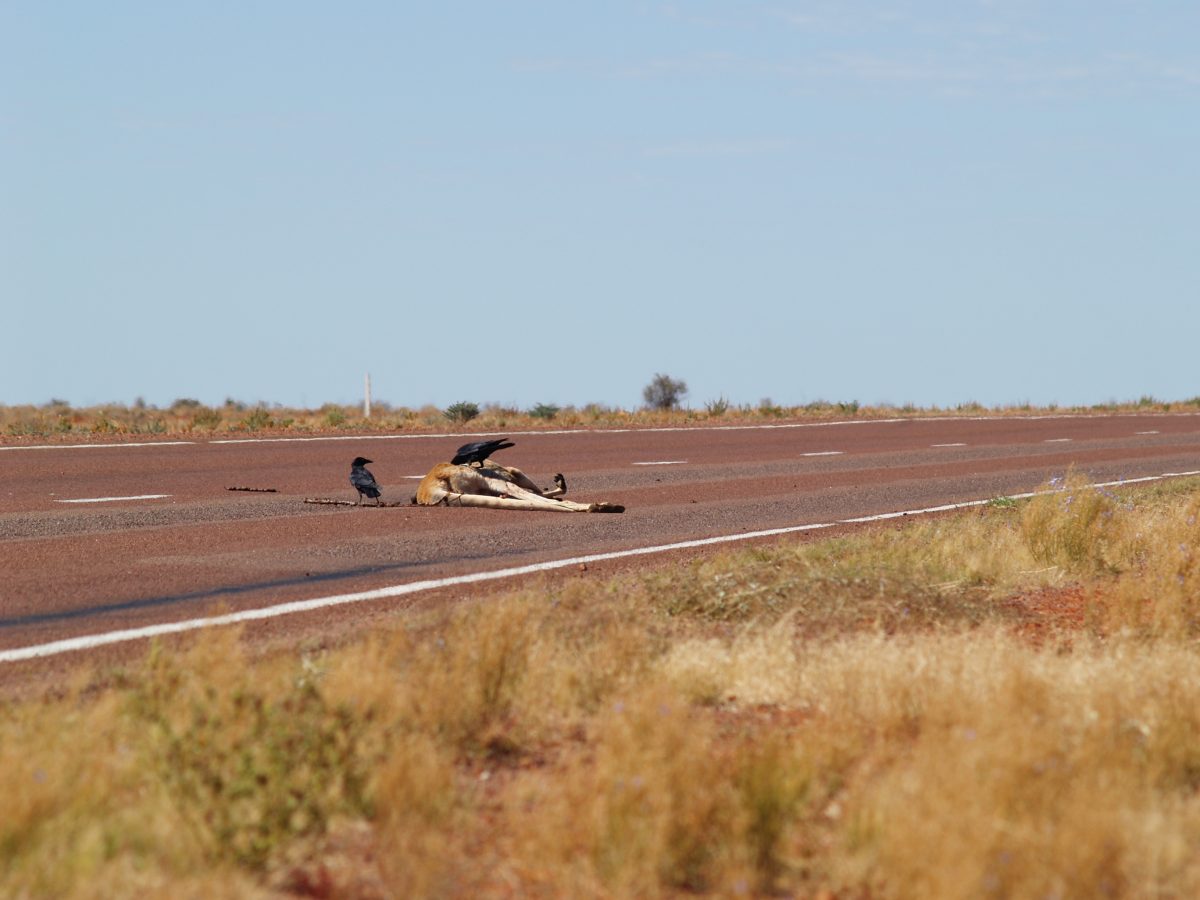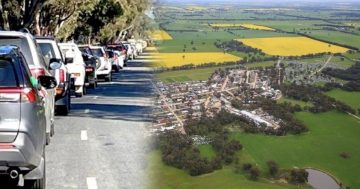
The Hume Highway and the ACT are two of the most common locations for roadkill in the country. Photo: jesperlindjans.
Families travelling to regional NSW this summer are being urged to remain on high alert for wildlife such as kangaroos and emus as sightings are more common this time of year.
Regional eastern NSW has one of the highest kangaroo counts in the country and nowhere is this more noticeable than on highways and at campsites.
According to AAMI collision claims, the Hume Highway and Canberra surrounds have ranked in the top three locations for collisions in the country since 2017. Towns such as Goulburn, Cooma, Bungendor and Dubbo also sit among the top five hotspots in NSW.
NSW Minister for Regional Transport and Roads Jenny Aitchison has urged those travelling to regional areas to remain vigilant.
“Wildlife and livestock might be an uncommon occurrence on busy city roads but can be a familiar sight on country roads, particularly at dawn and dusk when many animals are at their most active,” Ms Aitchison said.
“It’s simply a matter of being aware there could be animals around and remaining vigilant when driving on rural and regional roads, and knowing what to do if you come across a kangaroo, echidna or even an emu in your path.
“The first thing is to brake if it’s safe to do so and, most importantly, resist the urge to swerve to miss the animal.”
AAMI’s collision findings support Ms Aitchison’s warning, with a quarter of accidents occurring between 4:30 pm and 8 pm and one-third of smashes occurring on weekends.
Ms Aitchison said it was safer to strike an animal than to swerve and risk losing control of the vehicle.
“Twice as many people are killed and injured in crashes resulting from swerving,” she said.
“Regional drivers are reporting an increase in the number of animals on western roads and also animal strikes, possibly attributed to drier weather conditions this year forcing animals to move about more, seeking food and water.”
Kangaroos and wallabies are the most common risks on NSW and ACT roads, while wild horses and livestock pose a higher risk in western NSW.
“When animals do stray onto the road, they will often move very quickly and their behaviour can be quite unpredictable, so it is important to give them plenty of room,” Ms Aitchison said.
“When you’re driving on country roads, always take note of warning signs alerting you to the presence of animals in the area. If you see these signs, slow down, stay alert and be prepared to stop if required.”
To report injured wildlife, call WIRES on 1300 094 737 or use the IFAW Wildlife rescue app.








